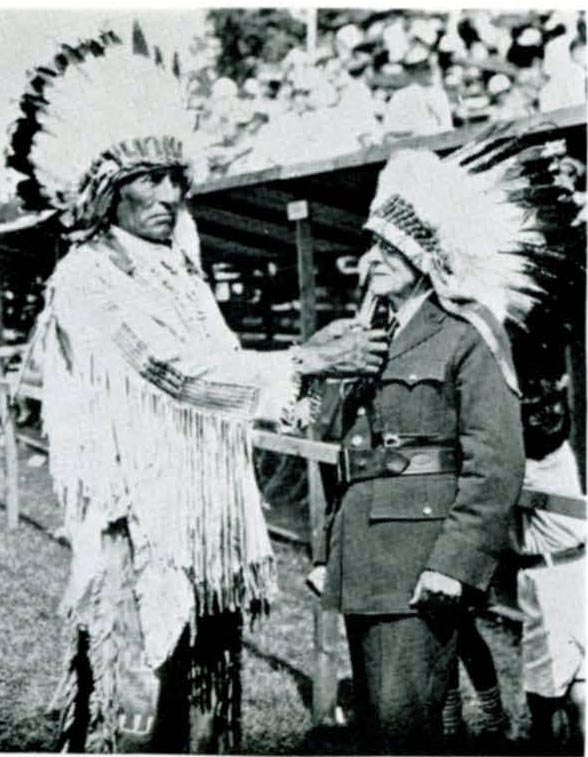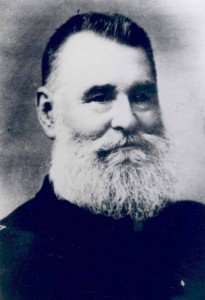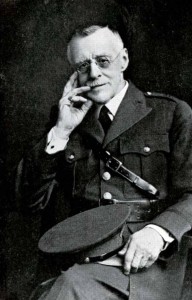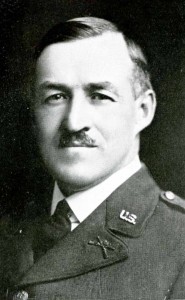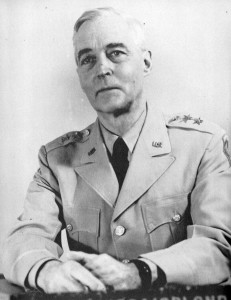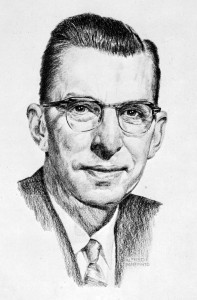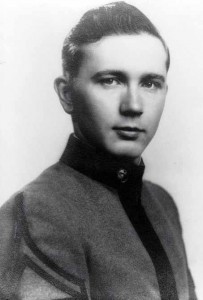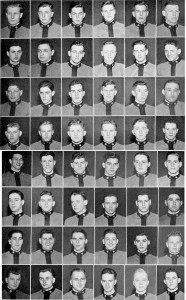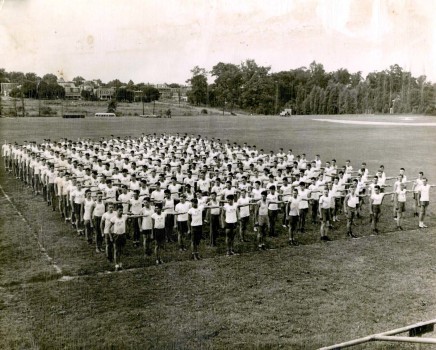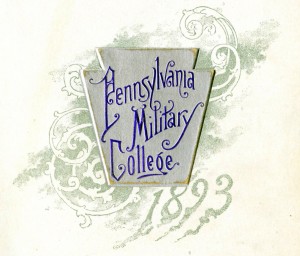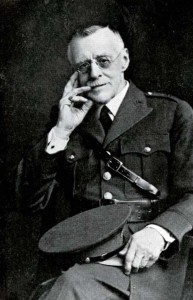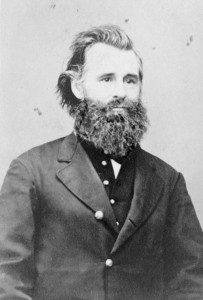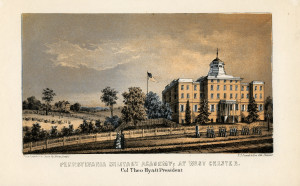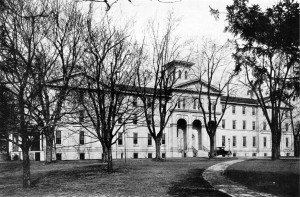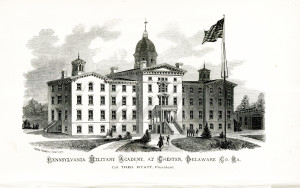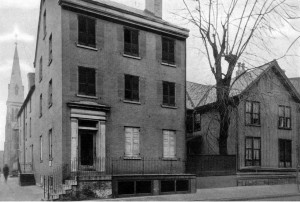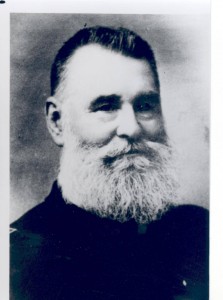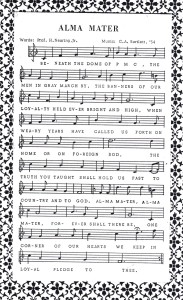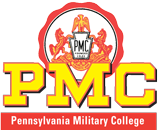At the end of the 1929 Commencement ceremonies, Red Tomahawk, dressed in the full regalia of a Sioux chieftain, bestowed on General Charles Hyatt the title “Warrior Thunder Hawk.” He then presented Hyatt with a magnificent war bonnet with three hundred eagle feathers. As Red Tomahawk explained “… this Eagle war bonnet, not as an emblem of war, but as an emblem of peace.”
This honor was a gift from the Sioux tribe. It was later learned that General Hyatt was among only a small group of notables to receive this honor. The other honoraries were Former President Calvin Coolidge, President Herbert Hoover, Romania’s Queen Marie, Marshal Ferdinand Foch, and General Charles Summerall.
Although Red Tomahawk spent his lifetime creating a positive image of his culture, he was best known because of his involvement with the ending of Sitting Bull’s life in 1890.
